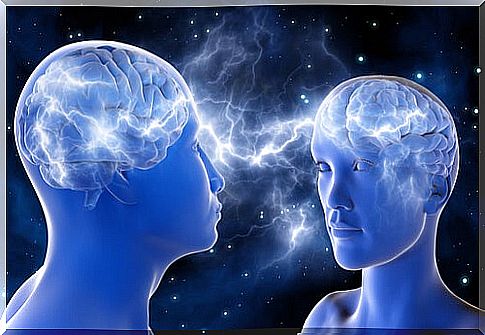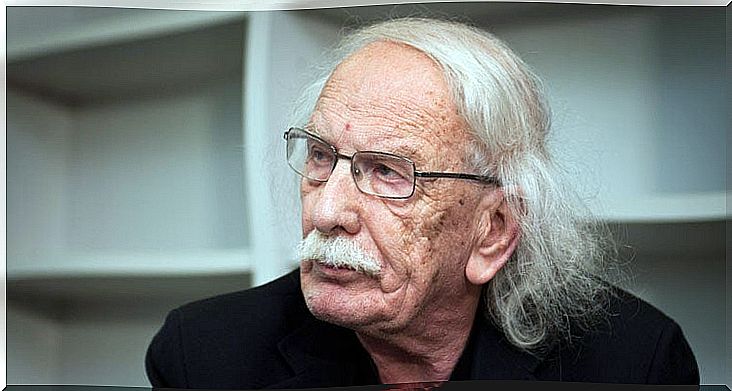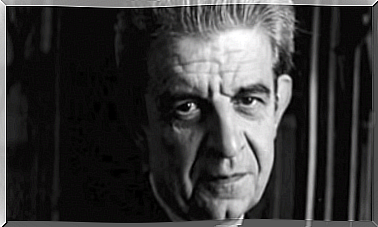Meet Mirror Neurons

Day by day we observe a large number of behaviors of the people around us and most of them, we attribute an explanation to them. Even when watching a music show or theater, we sometimes feel the need to do it. It seems that in our relationships there is something more than simple curiosity, something like a kind of synchrony or underlying contagion that influences them. Now, what happens according to the experts is that both when we interact and when we observe others, a very special type of neurons known as mirror neurons are activated.
They are responsible for us getting excited when we see a passionate kiss in a movie, we feel sad at the catastrophes that the news shows us or we have that feeling of pain when we observe that another person falls or is hit. Interesting right? Let’s find out more about them.
The discovery of mirror neurons
Mirror neurons or mirror neurons were discovered by the team of neurobiologist Giacomo Rizzolatti (1996) while investigating how neurons in the premotor cortex in the macaque controlled the action of grasping.
By using electrodes in the areas where these neurons were to record how they were activated when the monkey grabbed an object or some food, they noticed that when one of the researchers took a banana, some neurons in the monkey reacted.
At first, they thought that what happened was an error caused perhaps by the measurement technique or by a member of the team, but later they verified that everything was fine and that the neurons reacted each time the movement occurred. And that’s how Giacomo Rizzolatti and his team discovered mirror neurons.

What are mirror neurons?
Mirror neurons are a type of neuron that is activated when an action is executed and when it is observed to execute that action or has a mental representation of it. For this reason, they were assigned the surname “mirror” because in some way, they reflect what is seen.
Thus, deducing what others think, feel or do is possible thanks to their activation, since they are specialized in understanding not only the behavior of others but also how they feel. In fact, they are closely related to empathic, social and imitative behaviors, being considered by some scientists as one of the most important discoveries in neuroscience in recent years.
Mirror neurons curiosities
According to the latest studies, this type of neurons are located mainly in Broca’s area, related to language, and in the posterior parietal cortex, allowing experts to study the relationship between language and imitation of gestures and sounds.
Mirror neurons are important for controlling and decoding the movement of the hands. So when we talk to someone and they move their hands, our mirror neurons go into action to interpret the other person’s hand movements.
In addition, as we said before, they not only reflect what we see on the outside at a motor level, but are also capable of reflecting emotional aspects due to their connection with the limbic system.
According to the affirmations of the neuroscientist Marco Lacoboni, children who imitate and observe with greater attention the facial expressions of the people around them show a greater activation of these neurons and as a result, a higher level of empathy.
The reason for this is that when a child sees someone smile, their mirror neurons create a mental representation of that smile in their mind, sending signals to the limbic system and finally, they end up feeling the same as the person who is observing.
Another curious fact is that the neuroscientist V. Ramachandram refers to them as “Gandhi neurons” for their ability to facilitate understanding, solidarity and cooperation with others. Even mirror neurons are responsible for making us yawn when another person yawns or that we find ourselves imitating a gesture of the person with whom we are having a coffee, without knowing why.
As we can see, mirror neurons provide us with a plausible neurophysiological explanation of some aspects of social relationships. They help us not only to recognize the actions of others but also to understand them, playing a fundamental role in processes such as empathy, imitation and theory of mind. These neurons are further proof that we are social beings.
What applications can mirror neurons have?
Rizzolatti, in an interview with a digital medium, assures that mirror neurons play a very important role in rehabilitation processes through the use of virtual reality.
According to the author, both in cerebrovascular accidents and in those that cause problems in the motor system, recovery could be benefited through virtual reality. How is this benefit produced? Through virtual reality glasses ” the patient visualizes the correct movements to be carried out and the mirror mechanism is activated ” and in this way ” with virtual reality the equivalent of a month of rehabilitation could be advanced in a week “ .
On the other hand, Rizzolatti highlights the important role when learning a new sport. These types of neurons are essential in learning by imitation, so in sports such as tennis or martial arts they would perform a fundamental task: “the student learns better the closer he is to his teacher, whose movements he repeats . “
Scientific research advances daily, perhaps not at the rate that we all would like, but, without a doubt, each discovery can make a fundamental contribution to the well-being and health of each one of us.
Mirror neurons, like any discovery related to the human brain or body, can be of great benefit not only on a theoretical level, but also on a practical level. That is why we encourage you to get to know your brain, because the better we know it, the more we can get out of it.
Next, we leave you an interesting video about this type of very important neurons.









